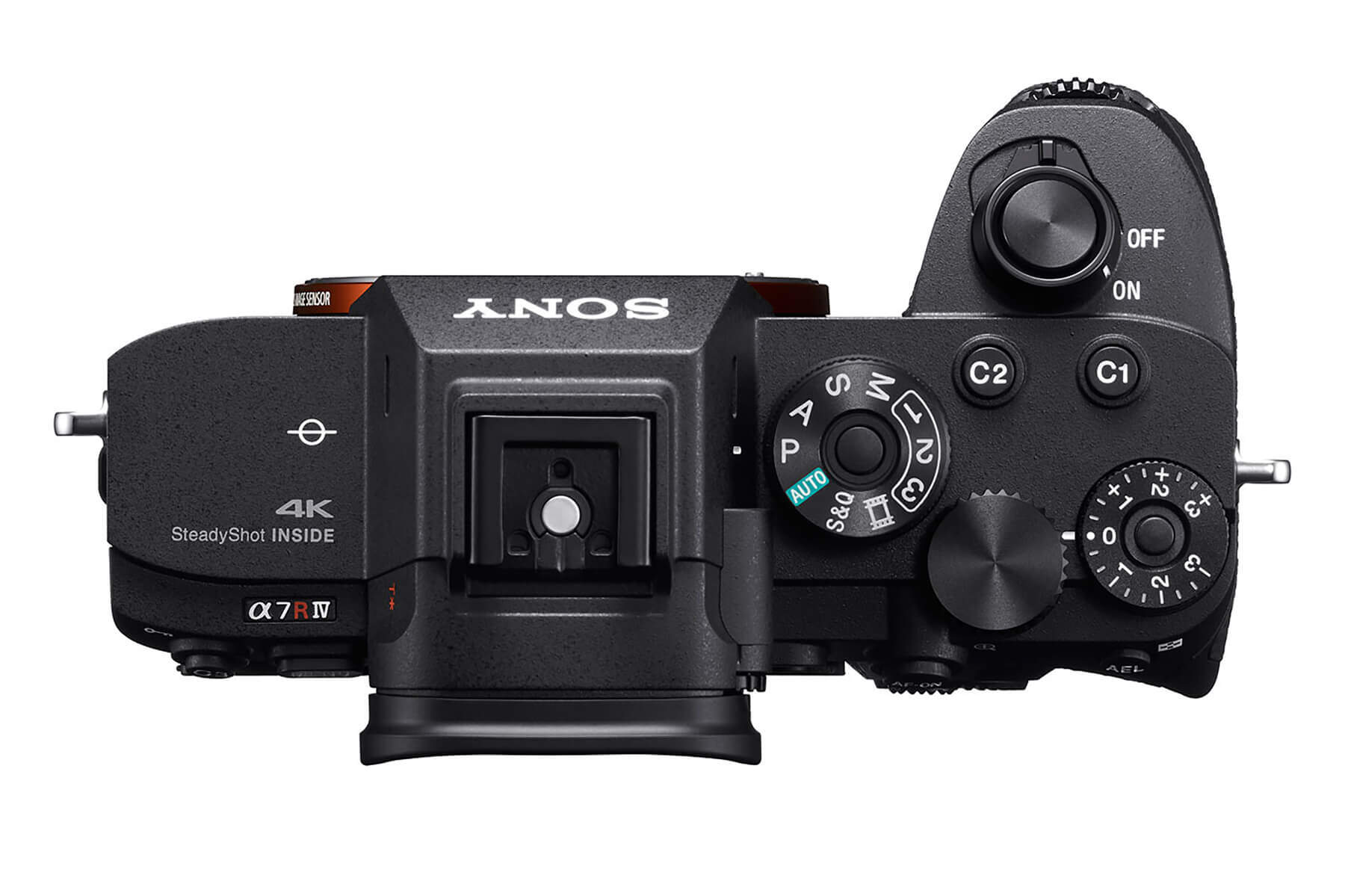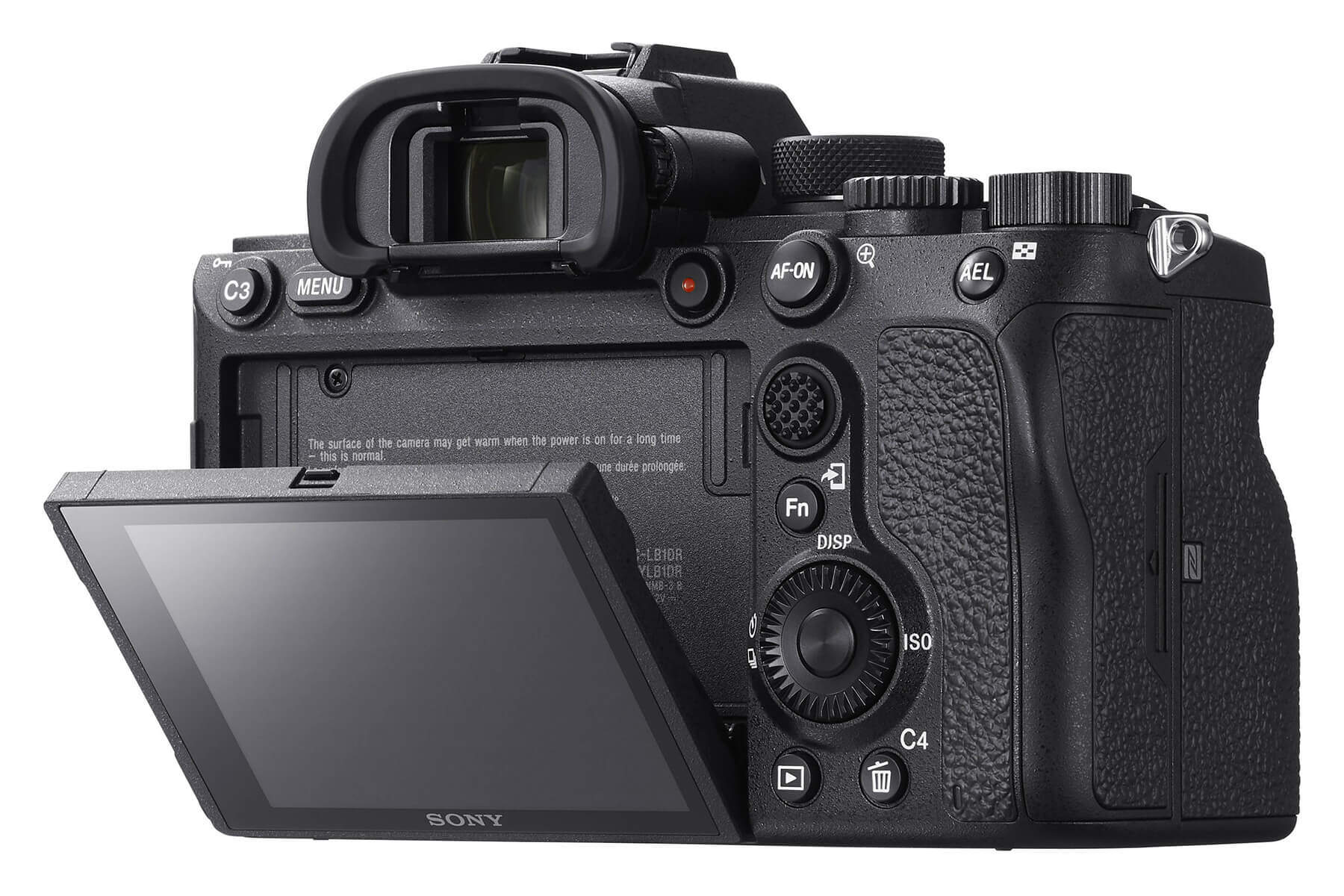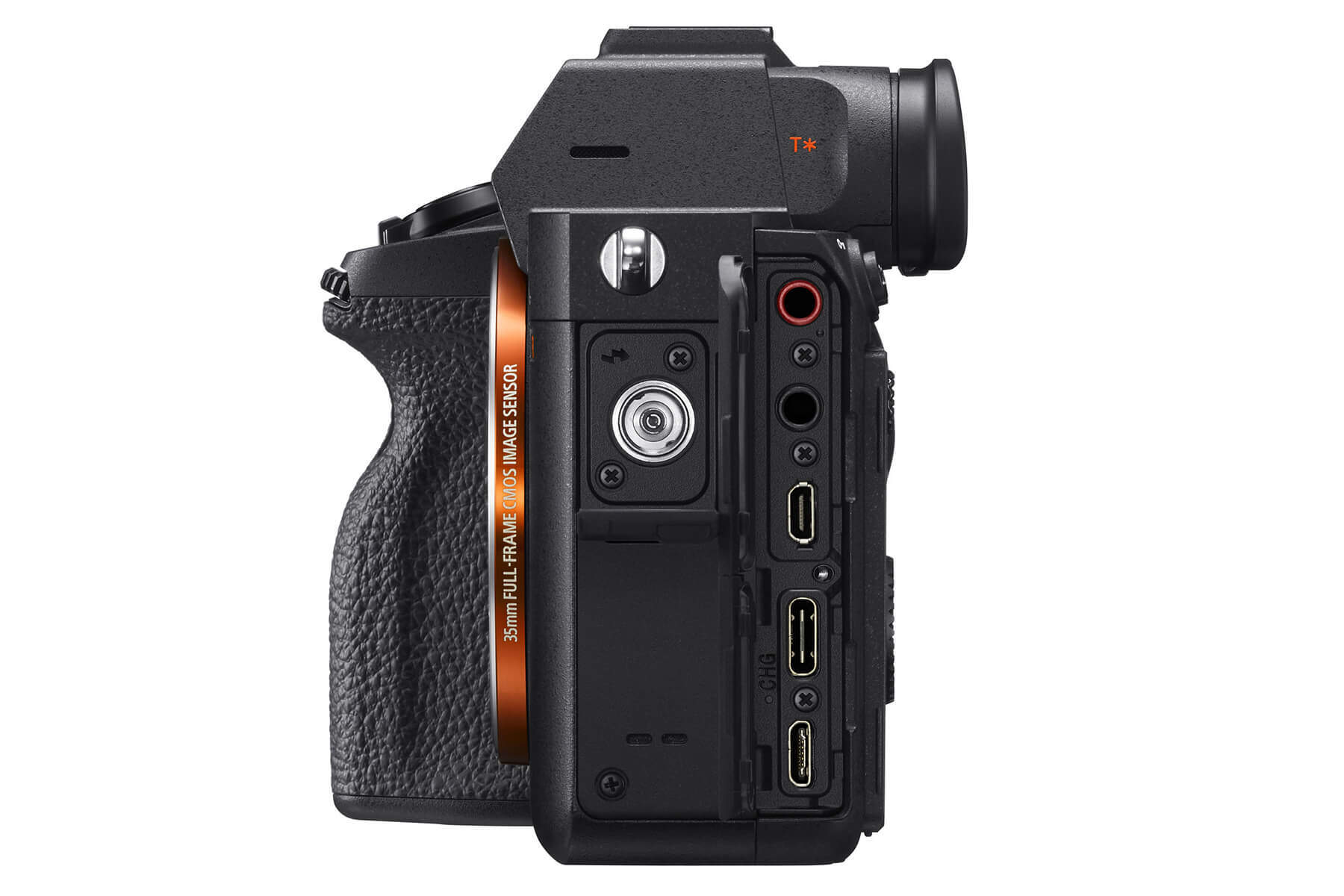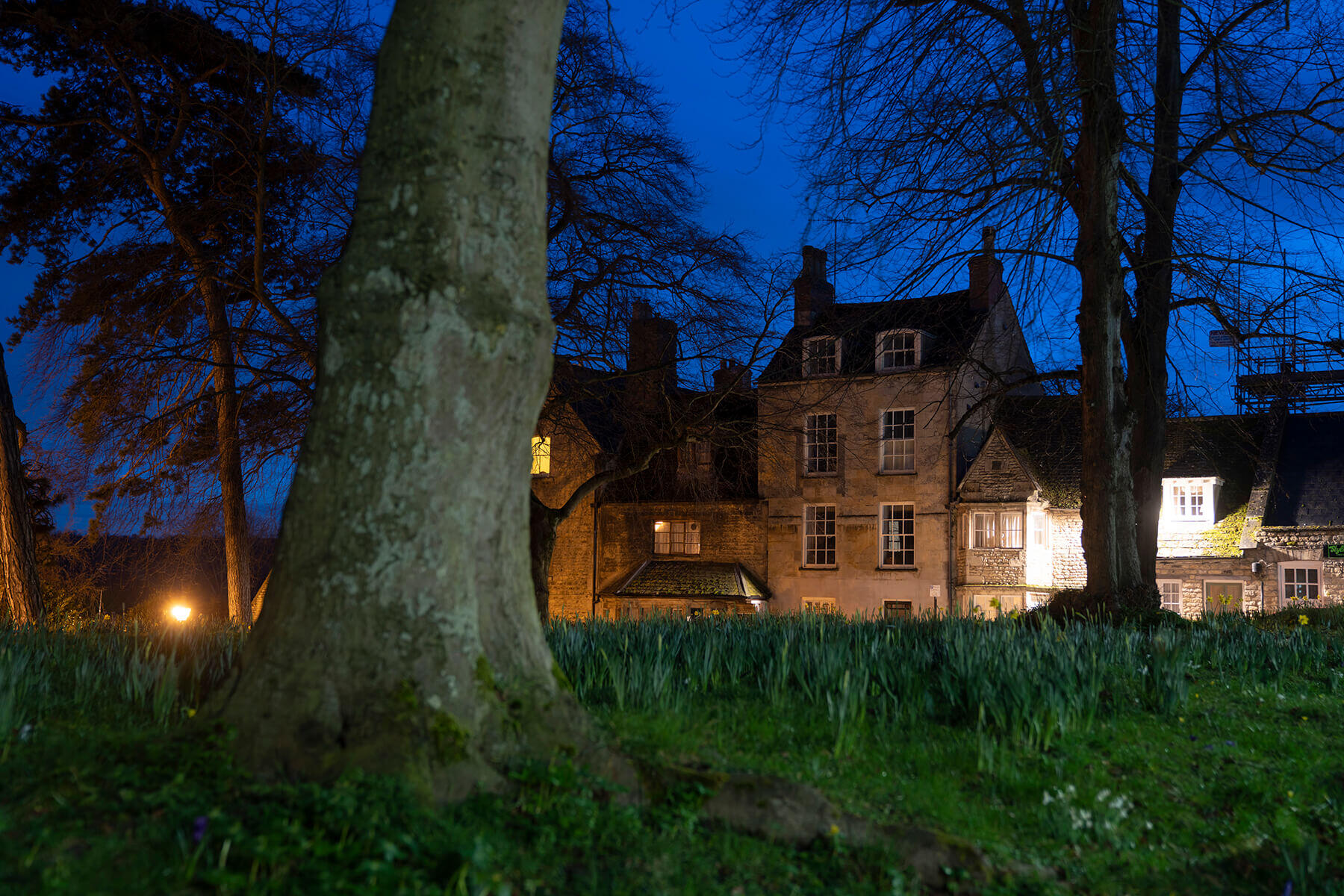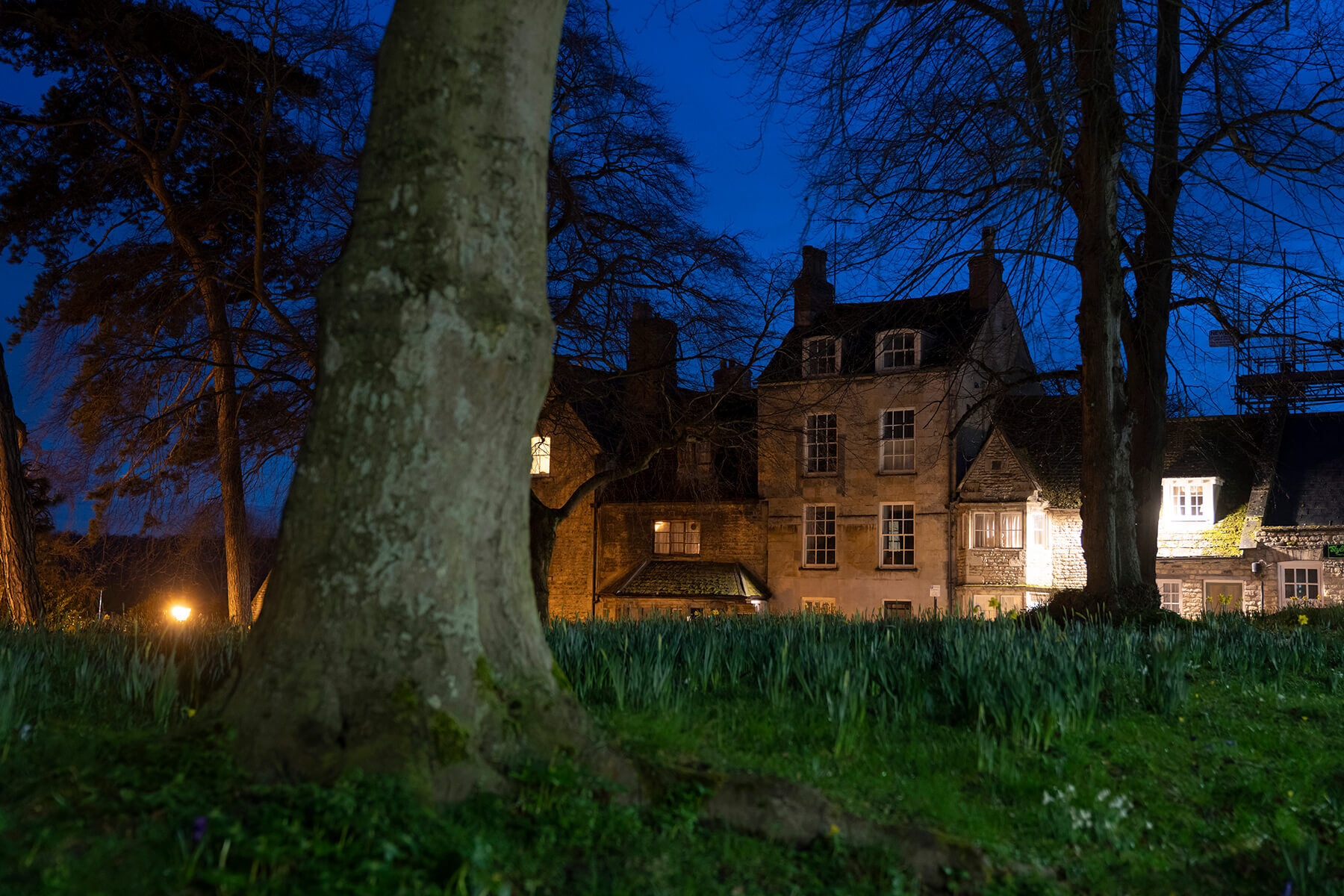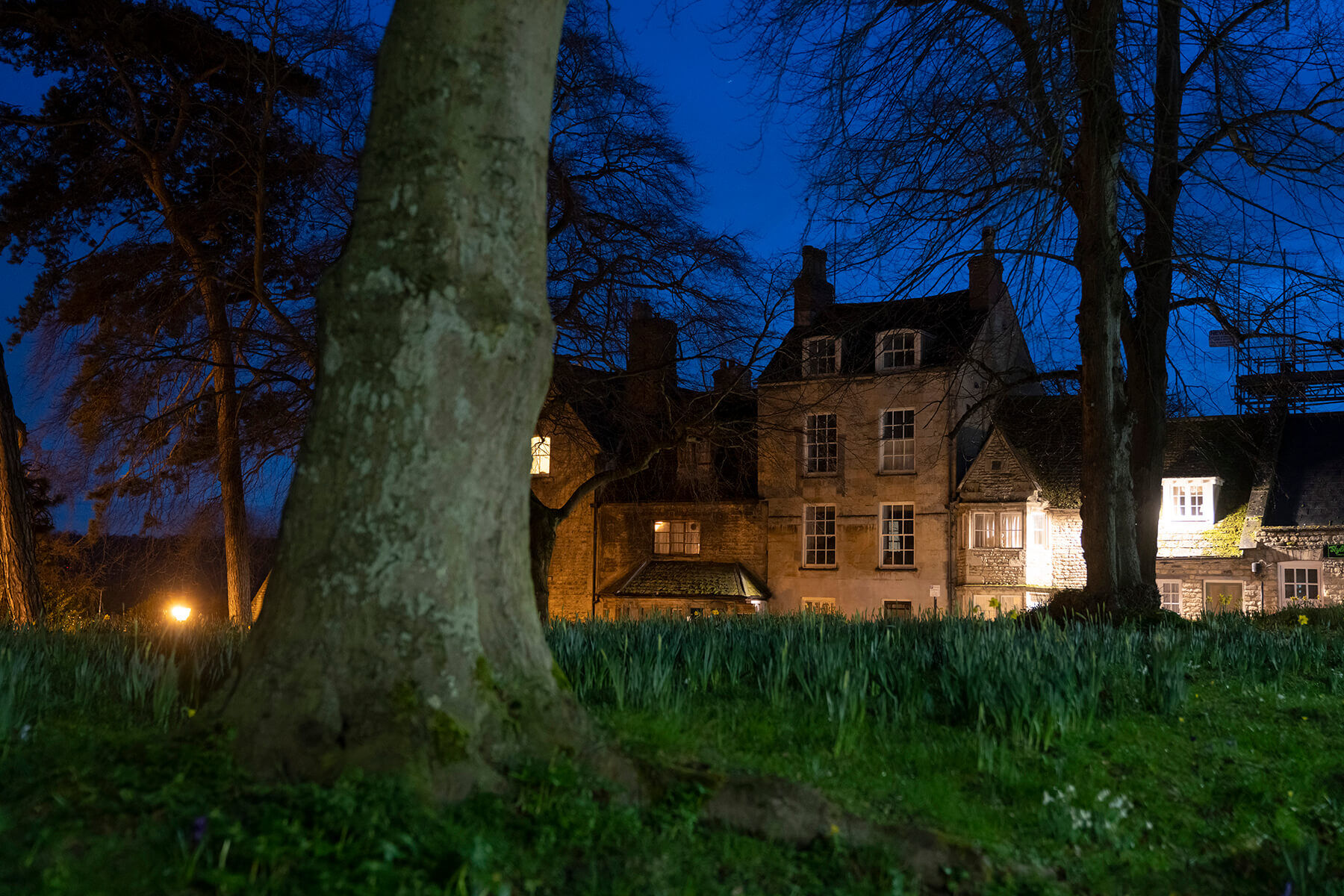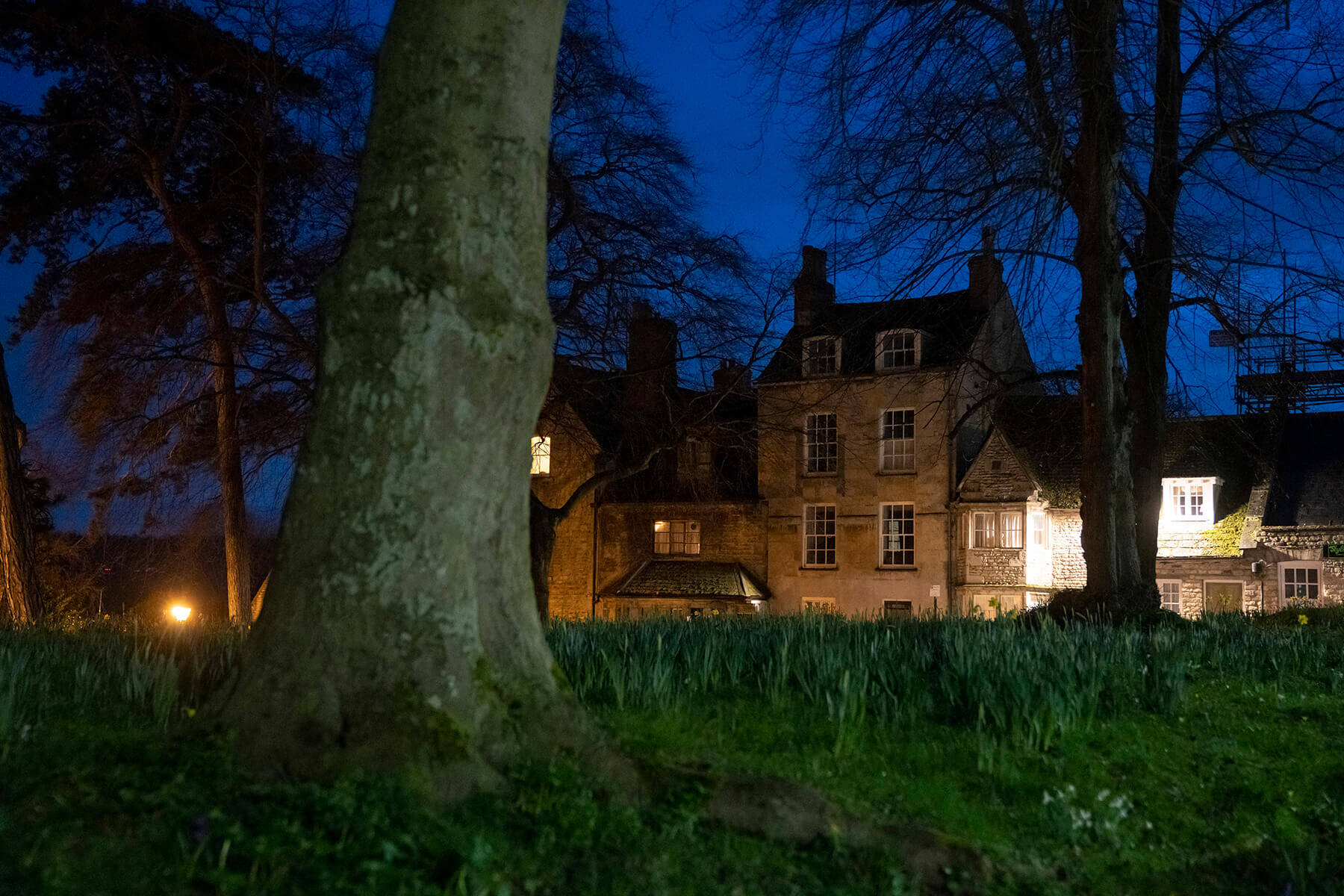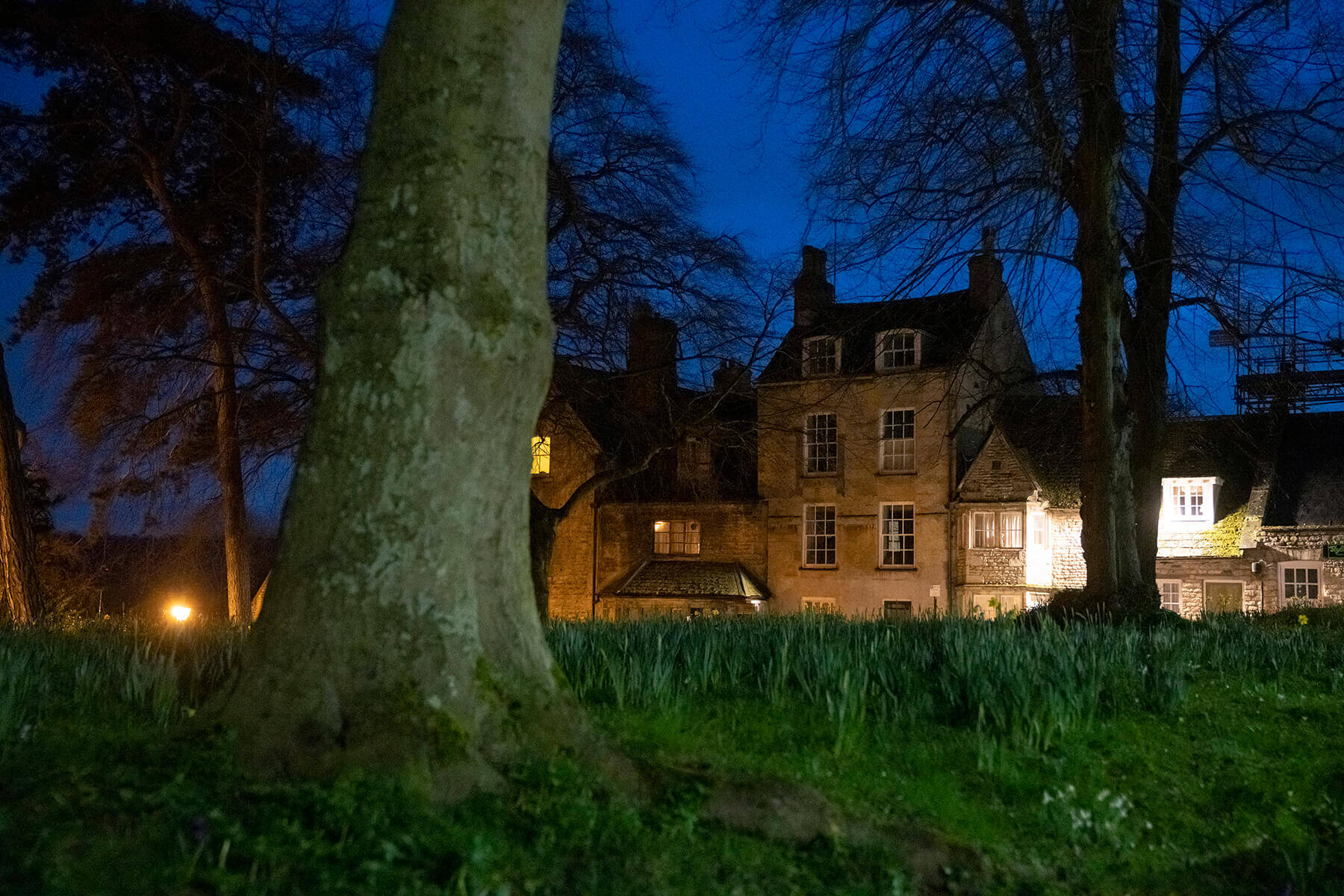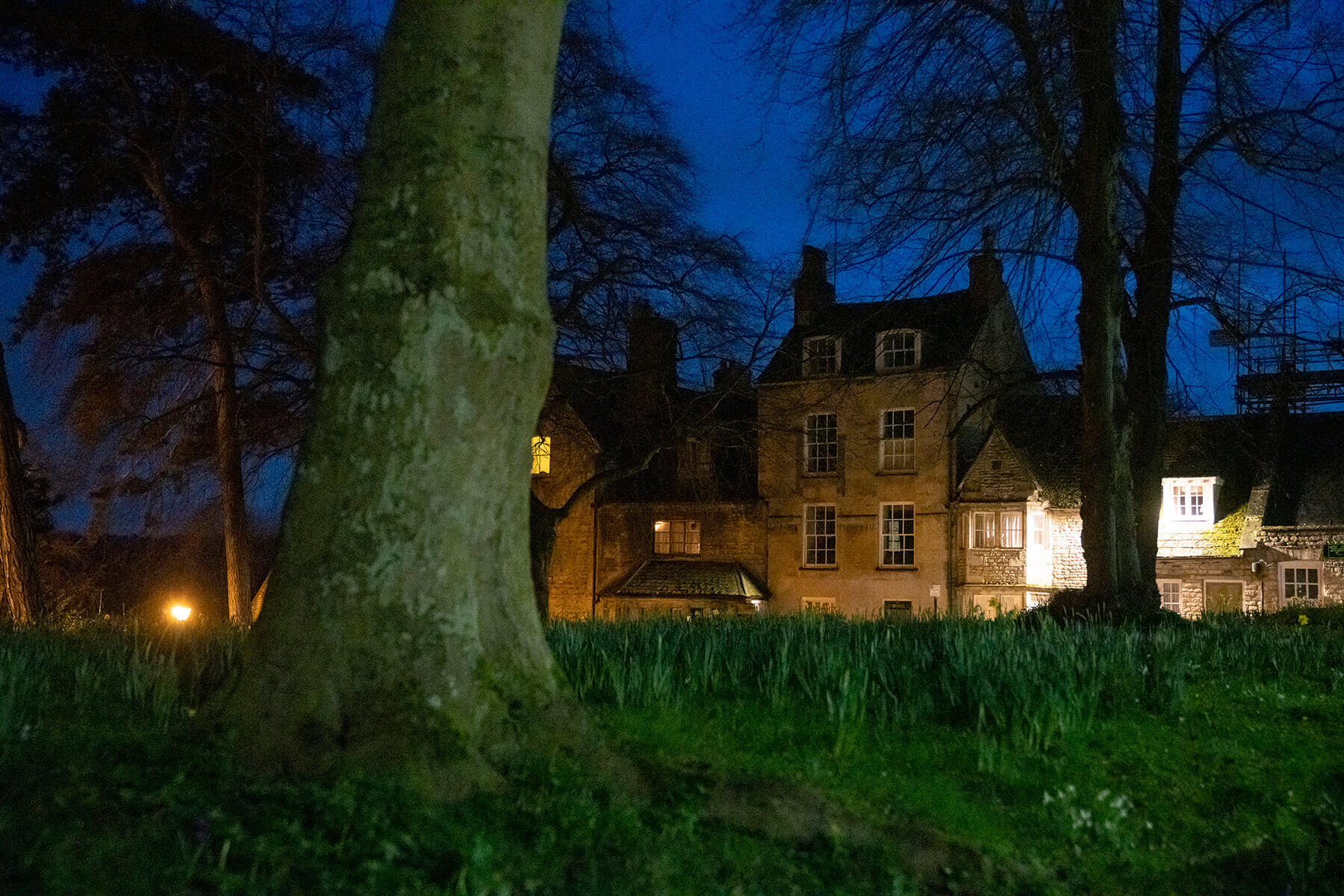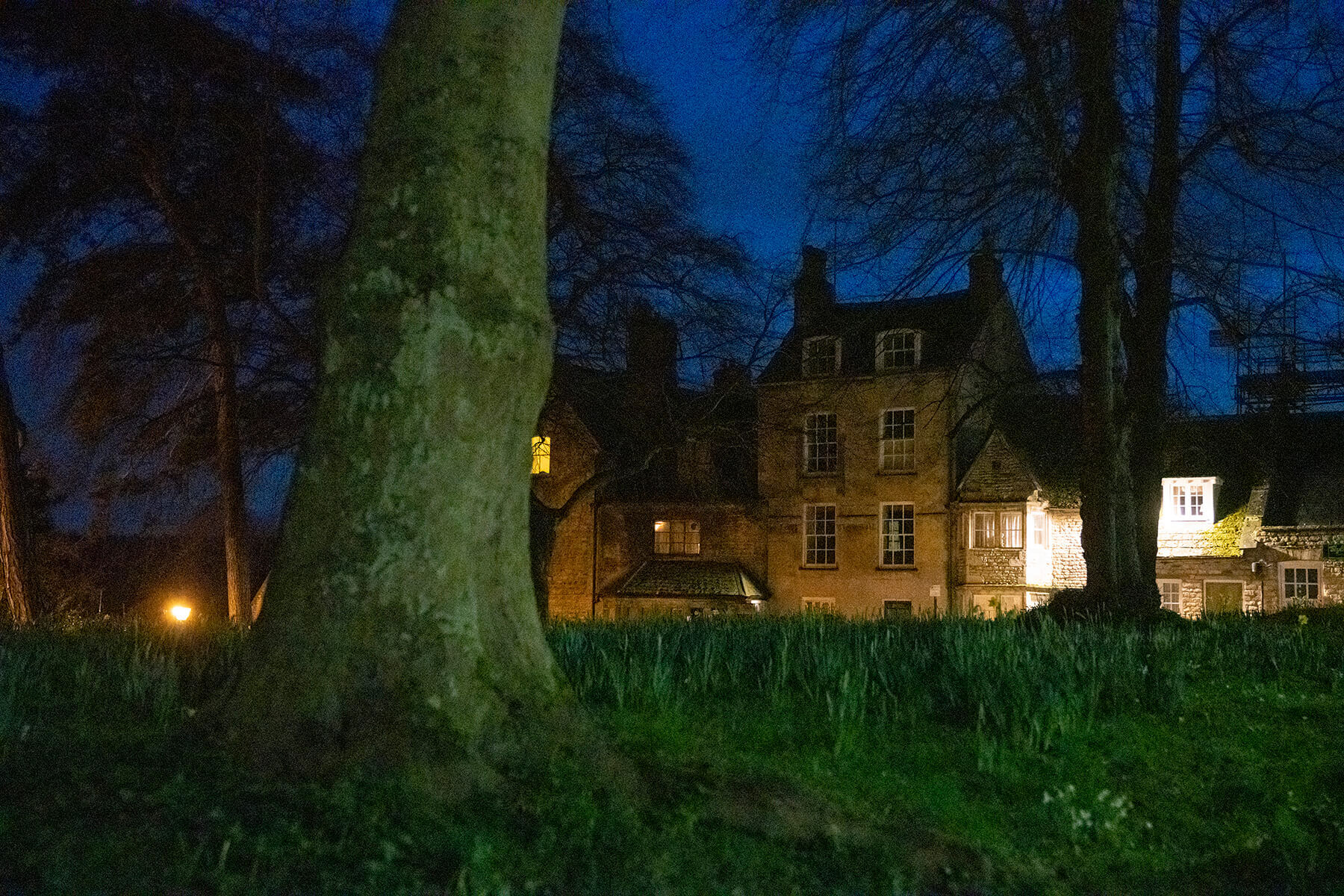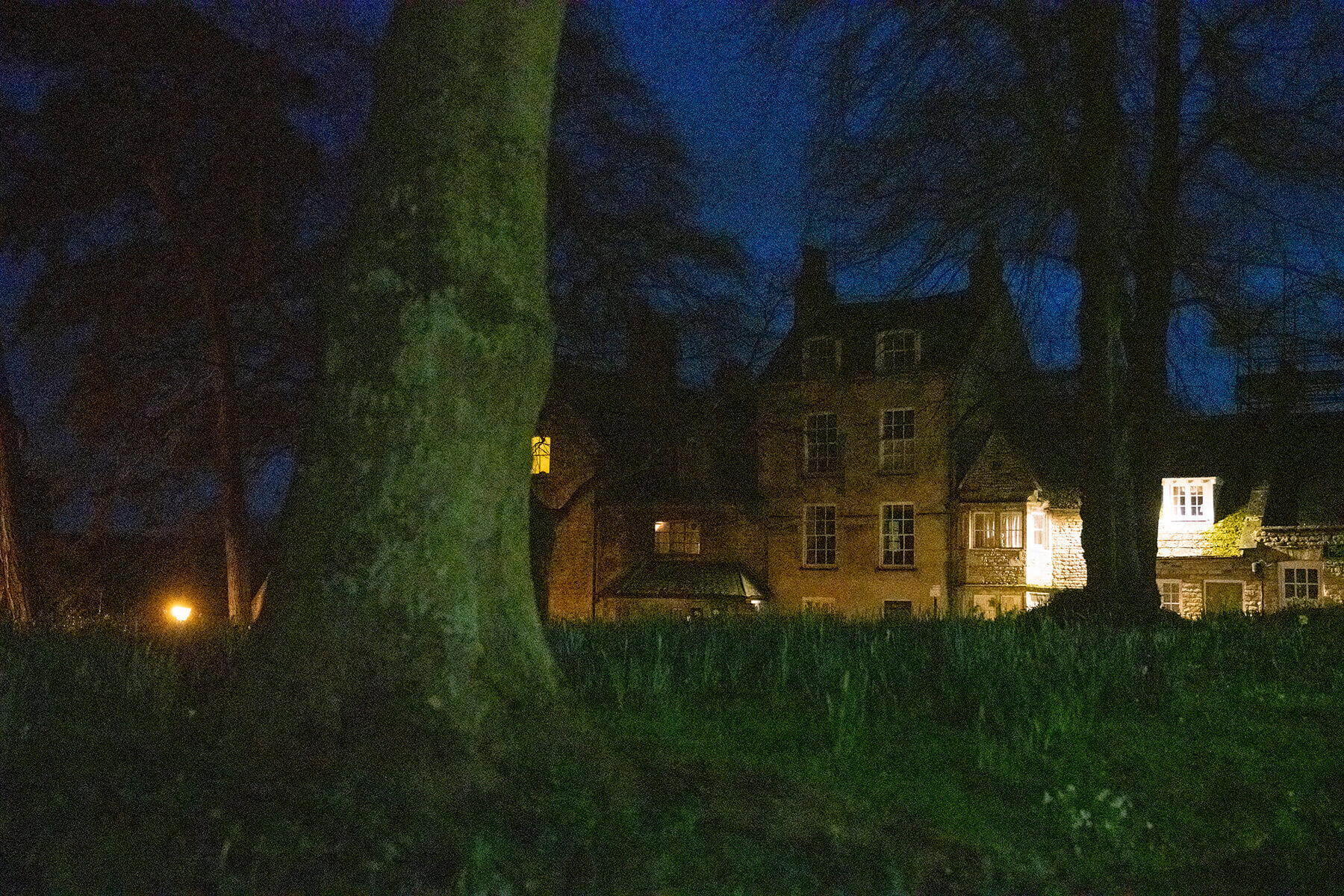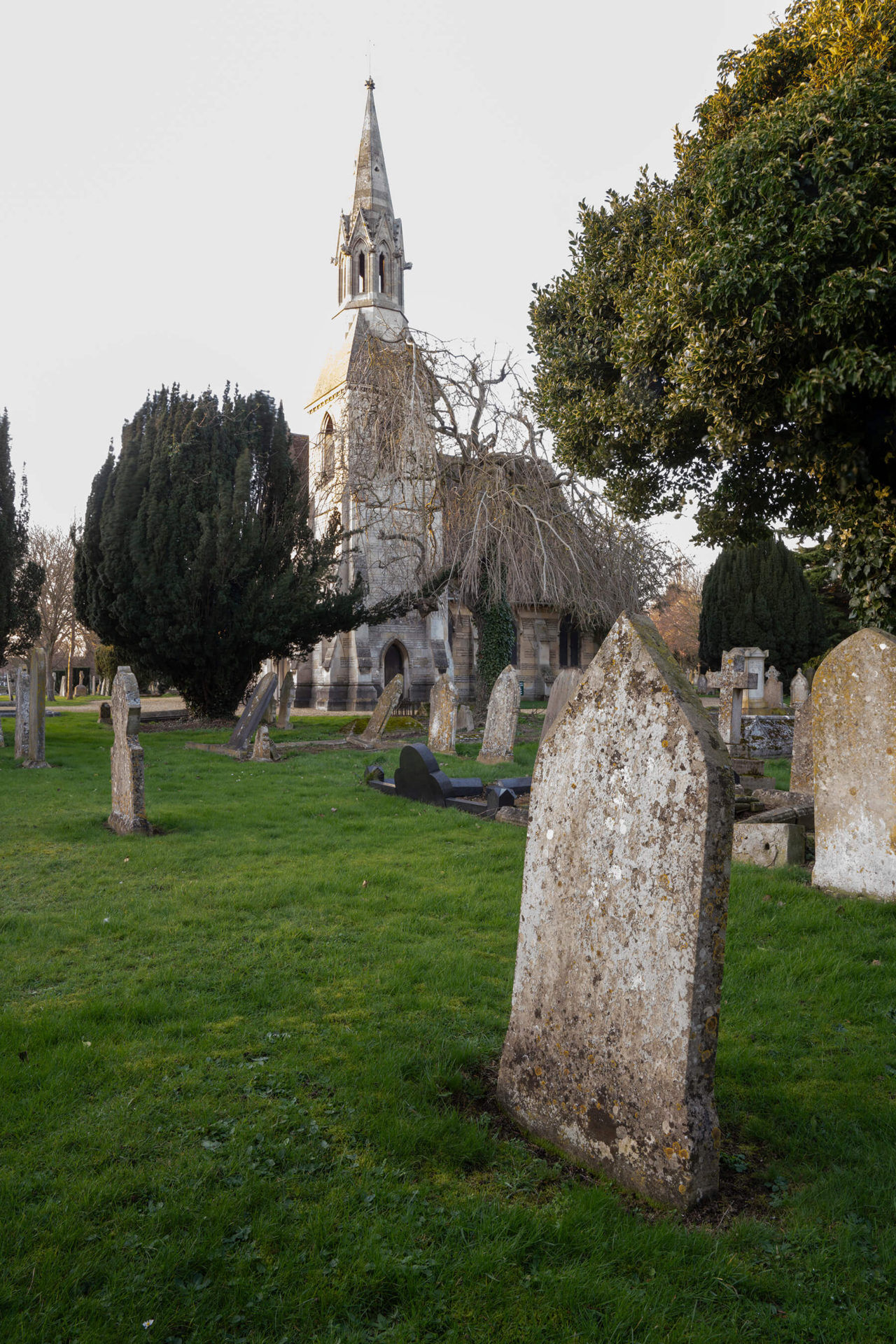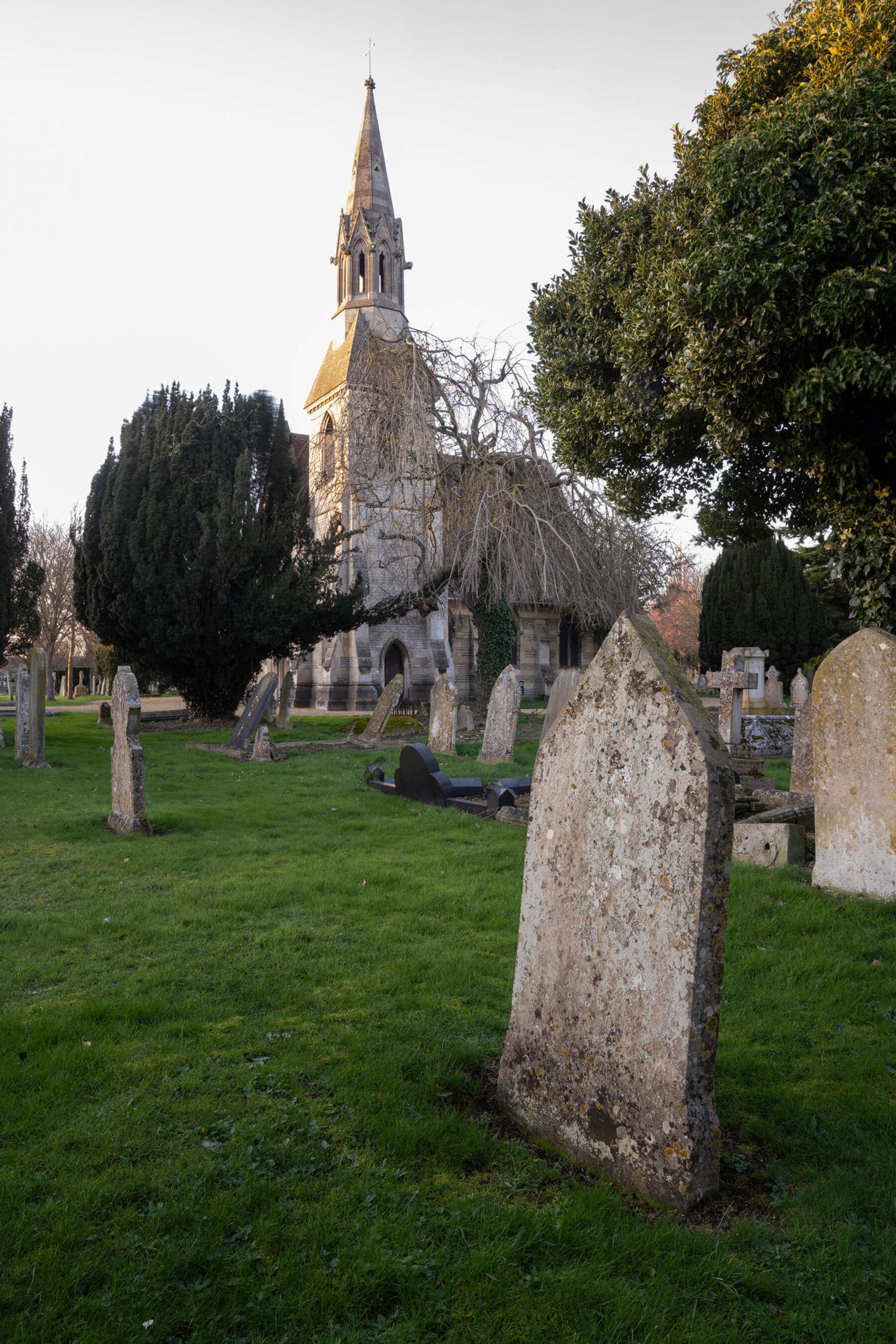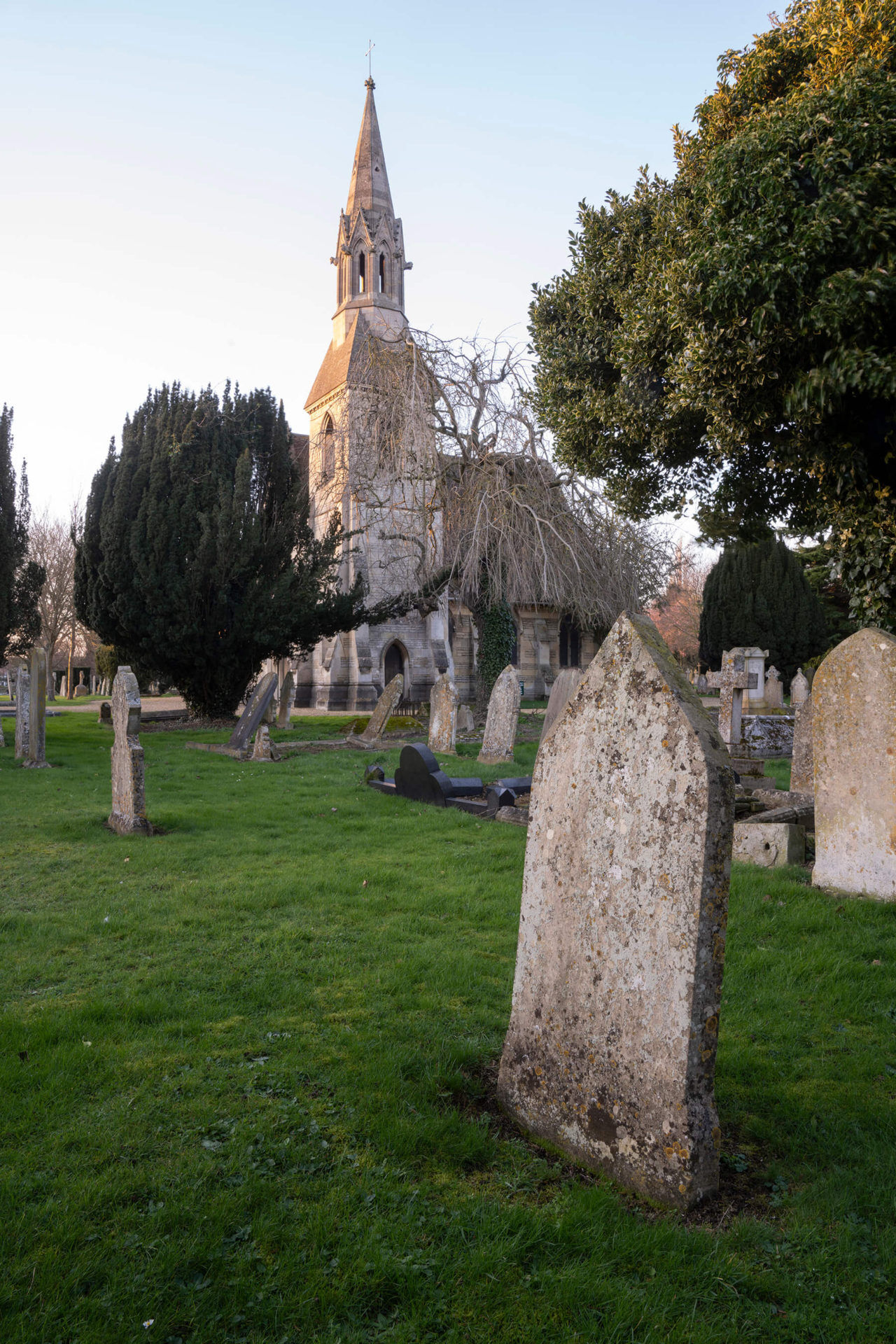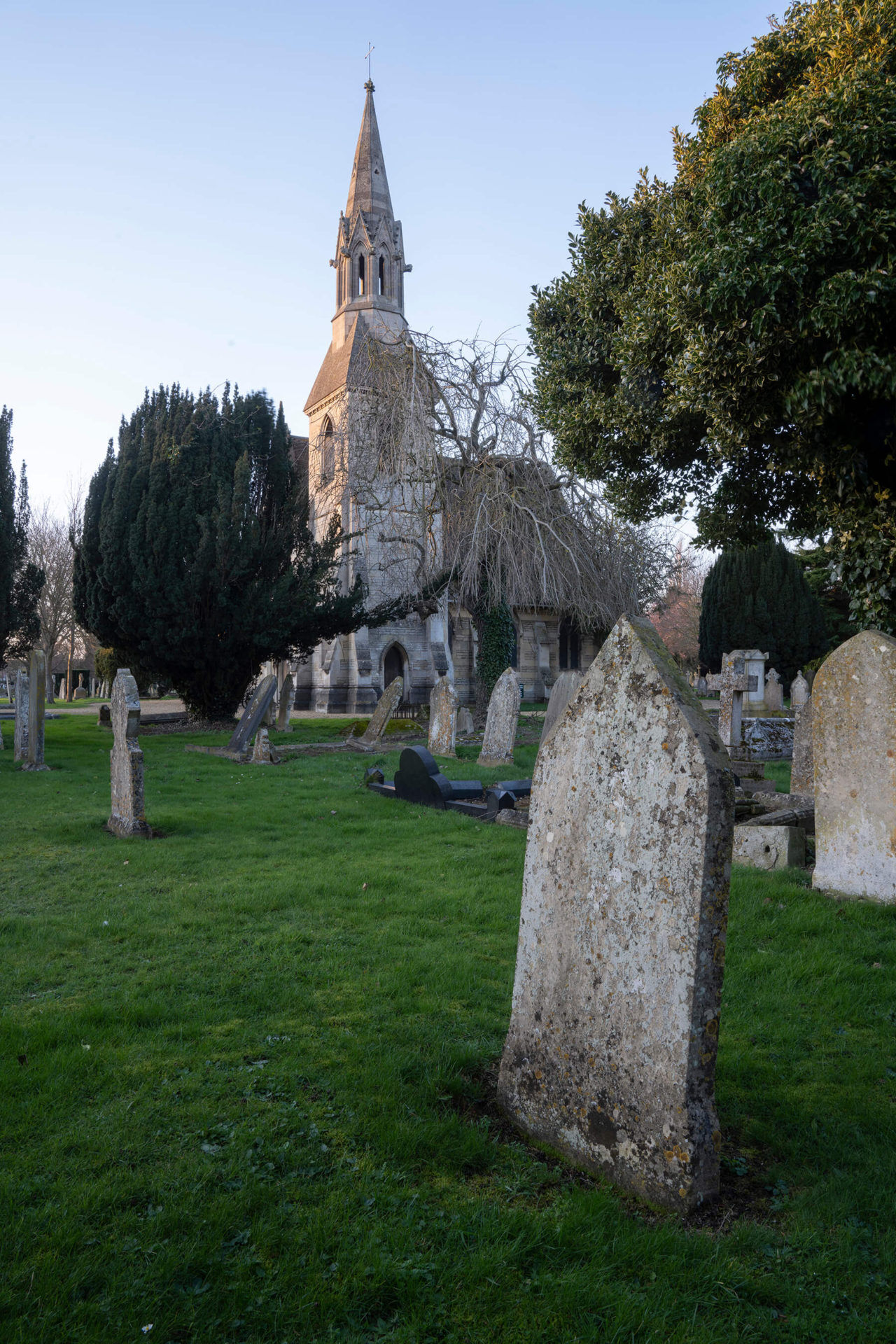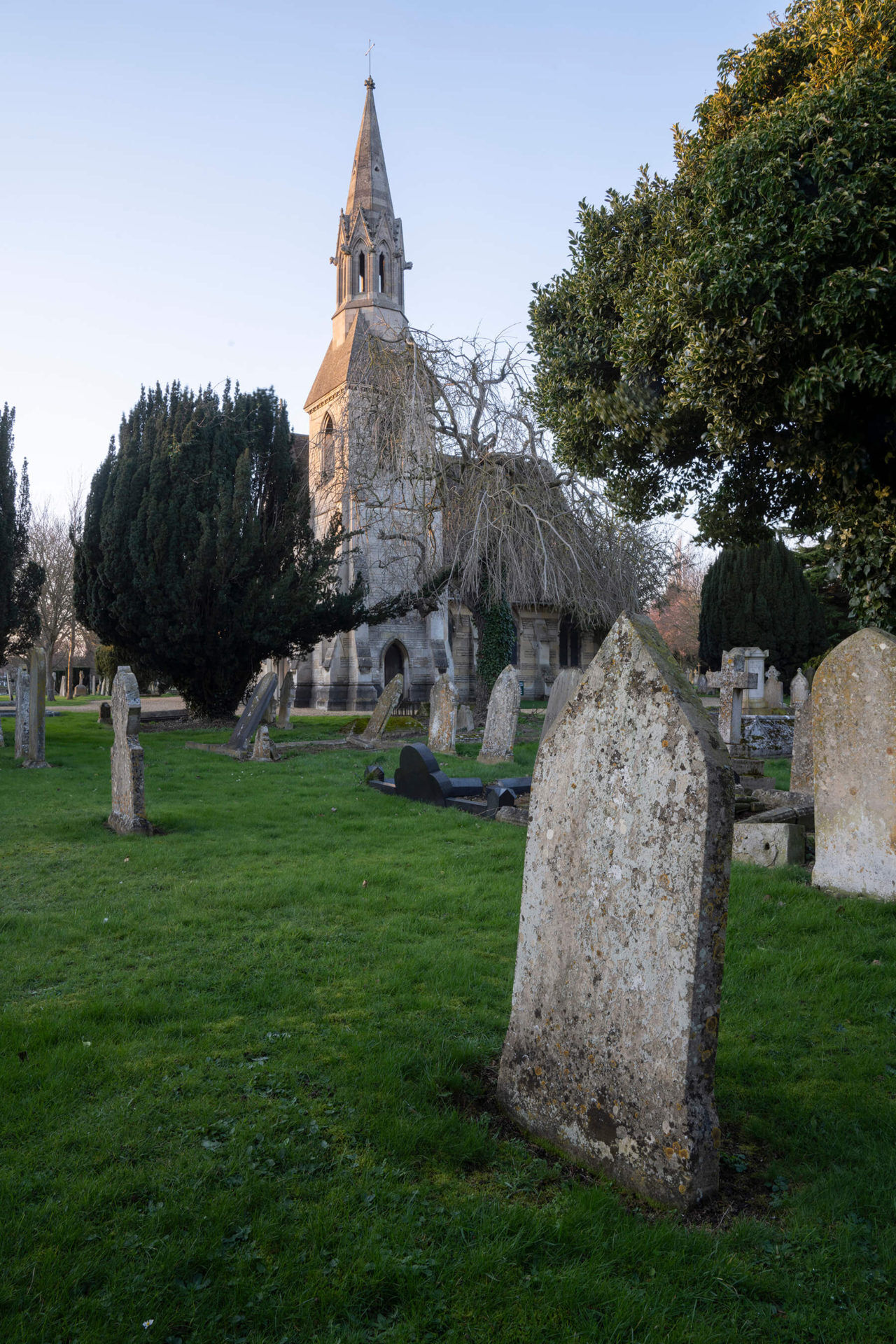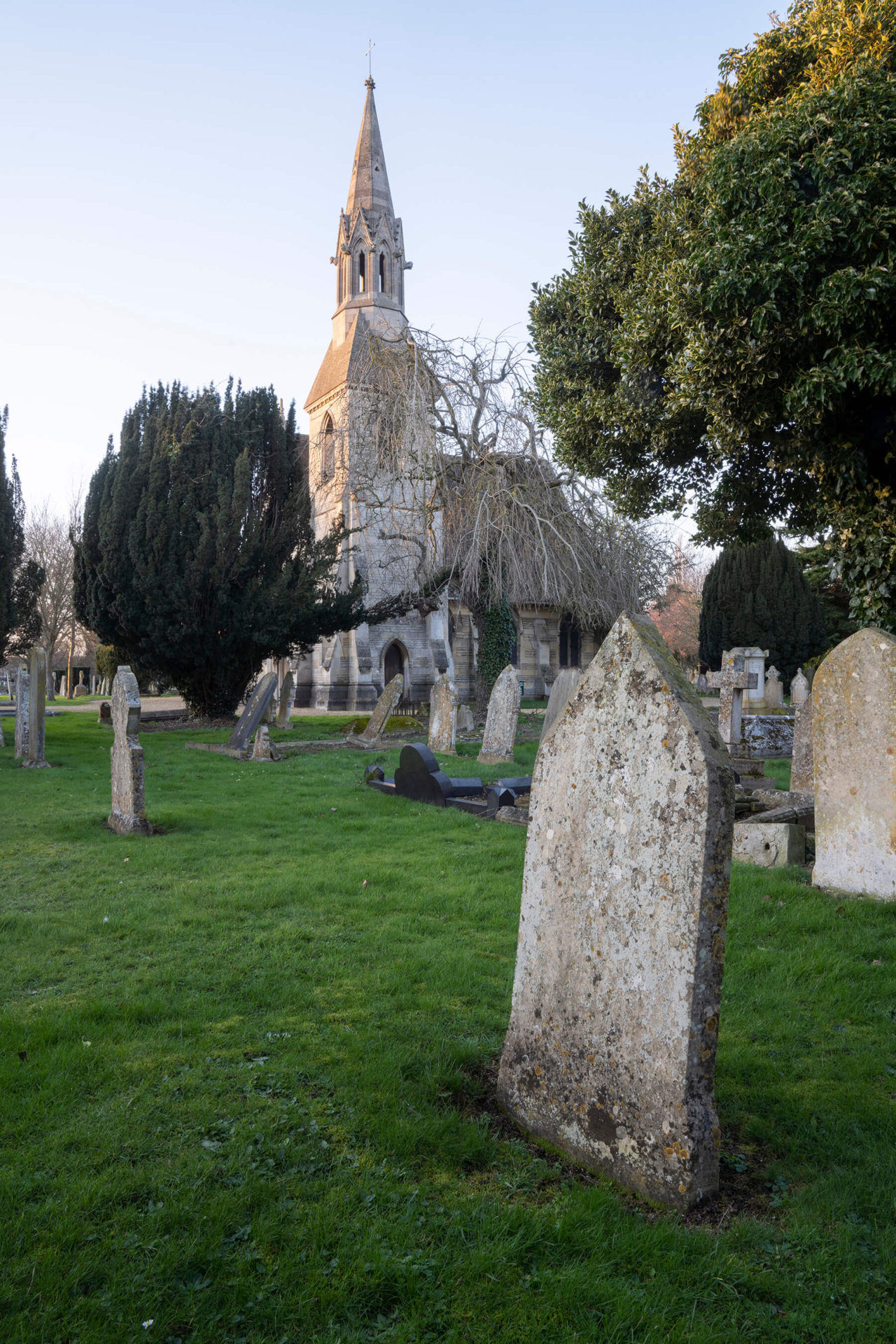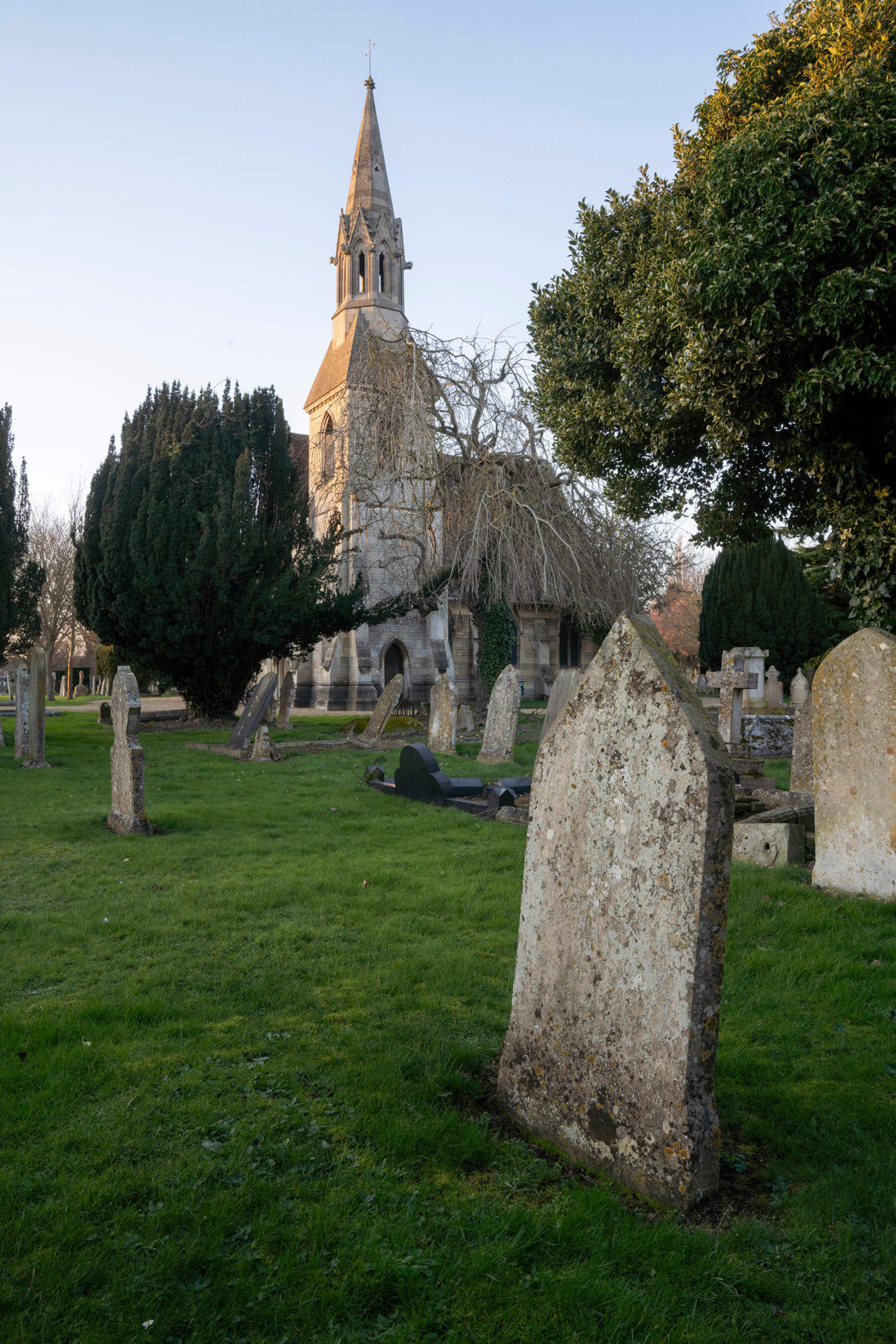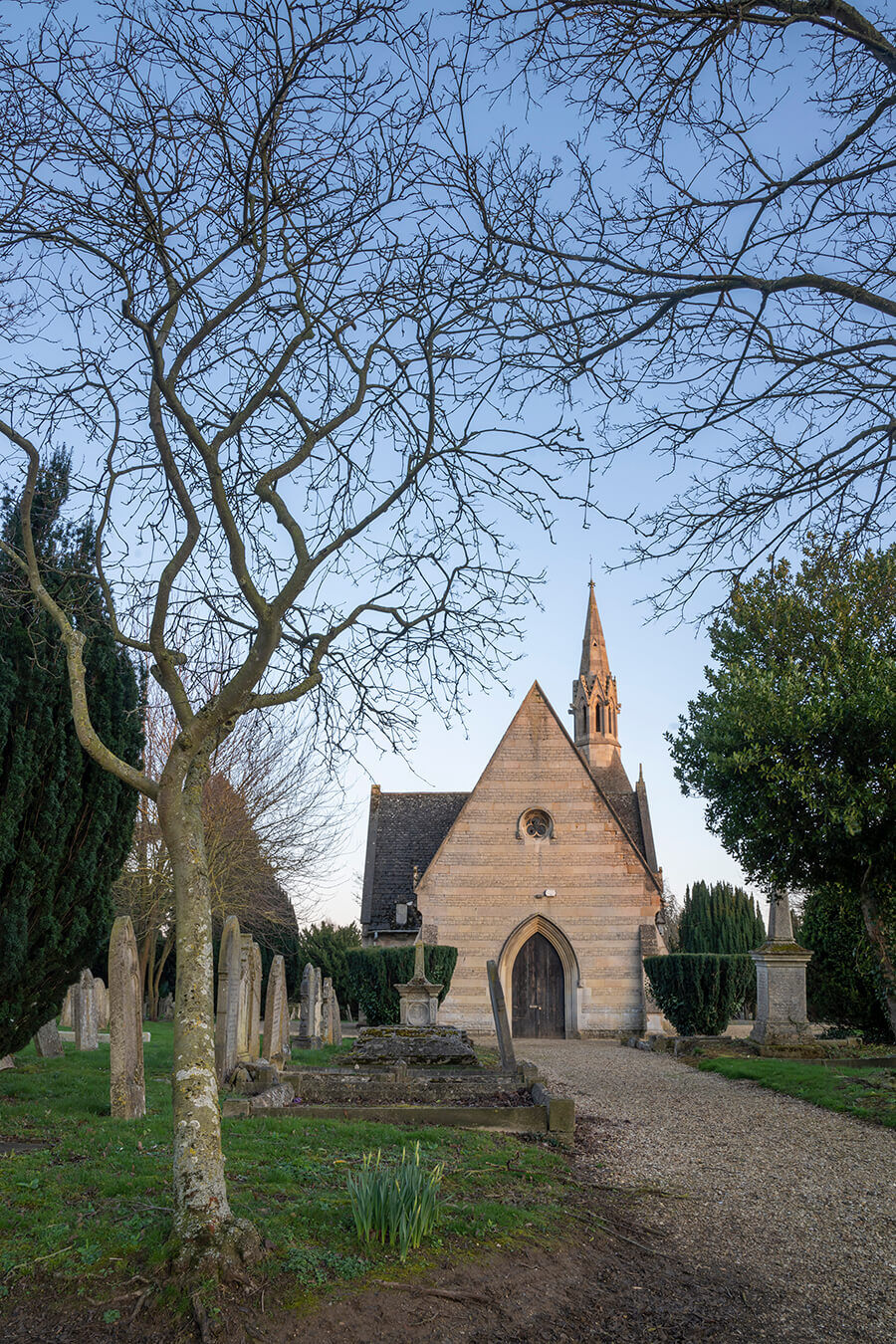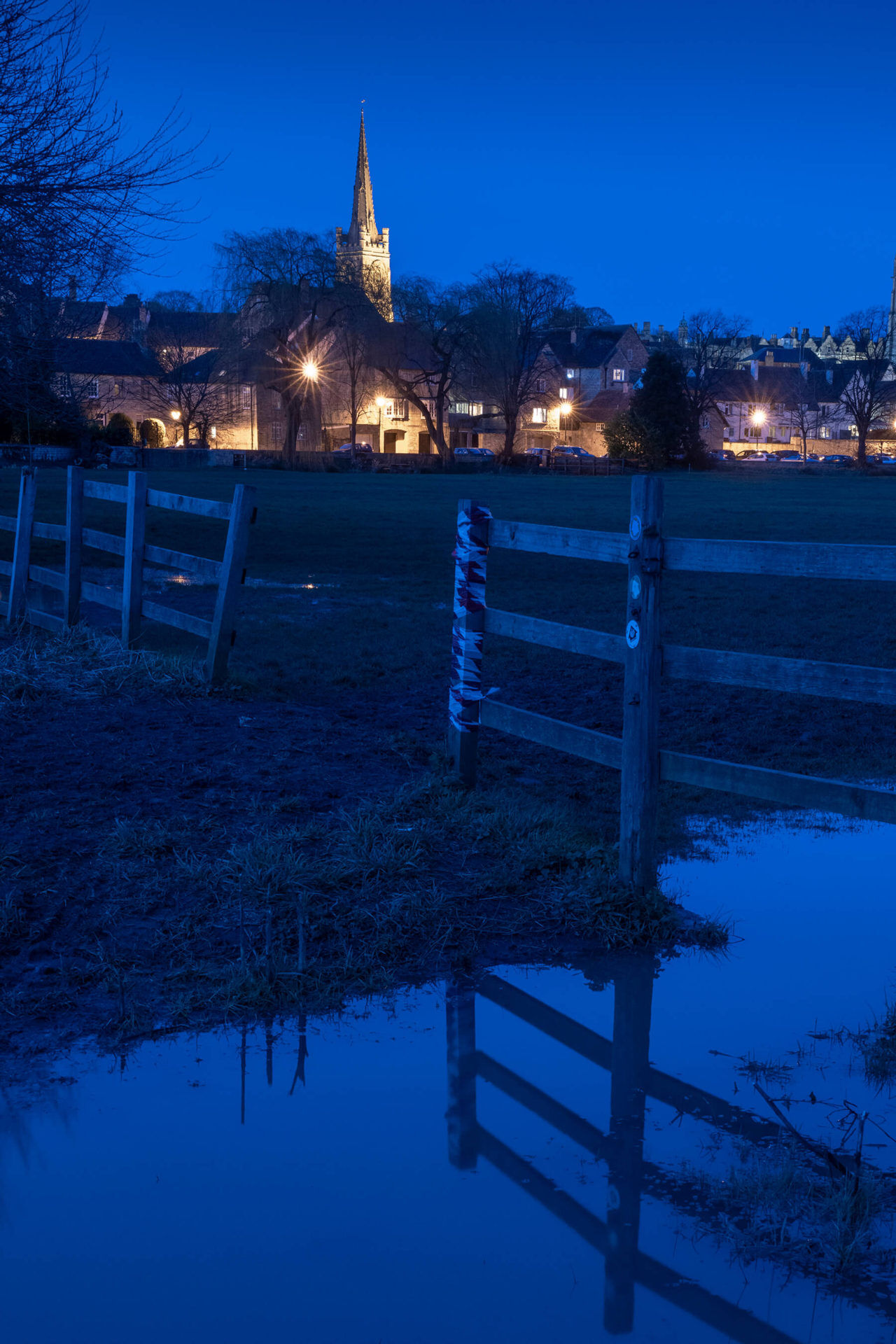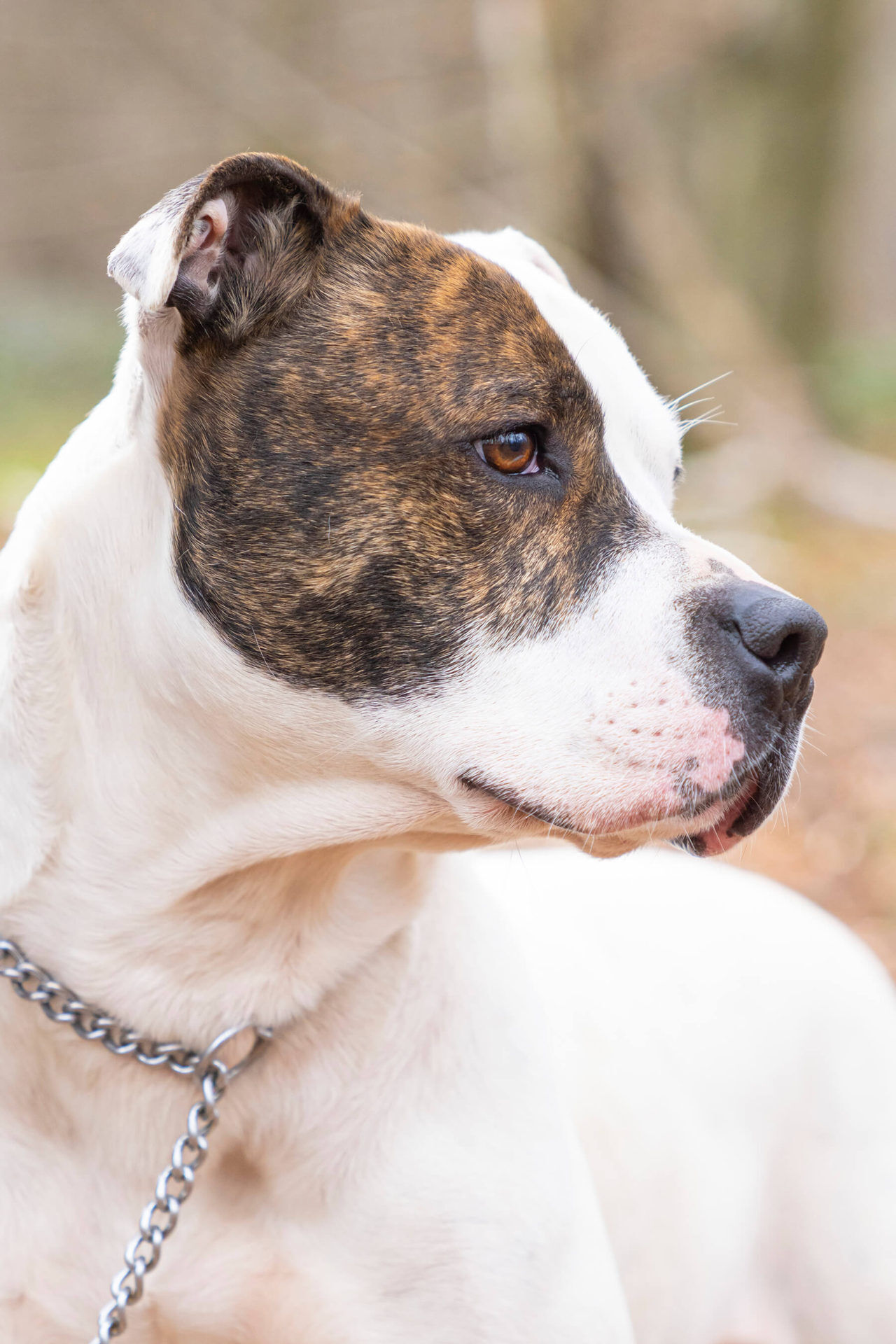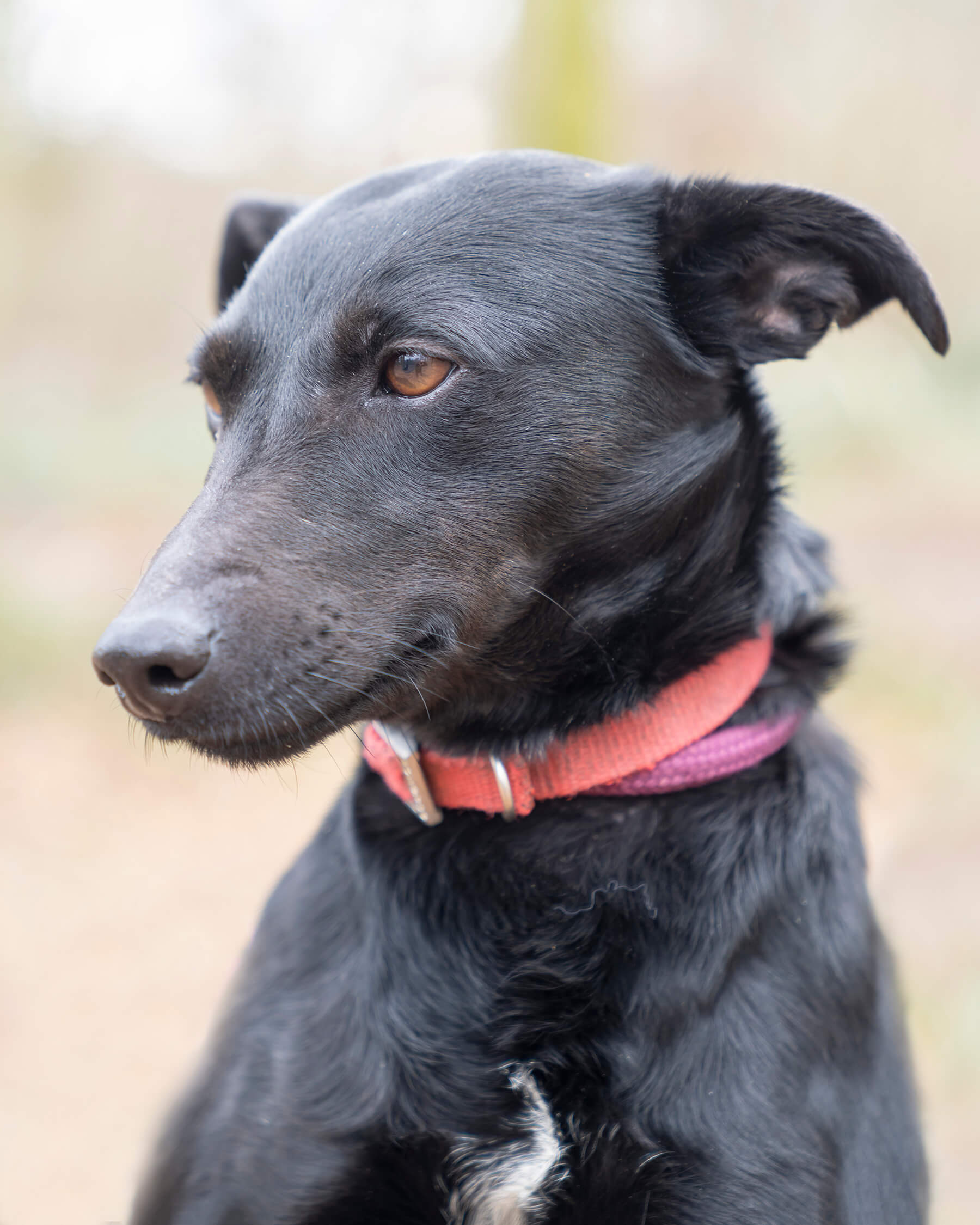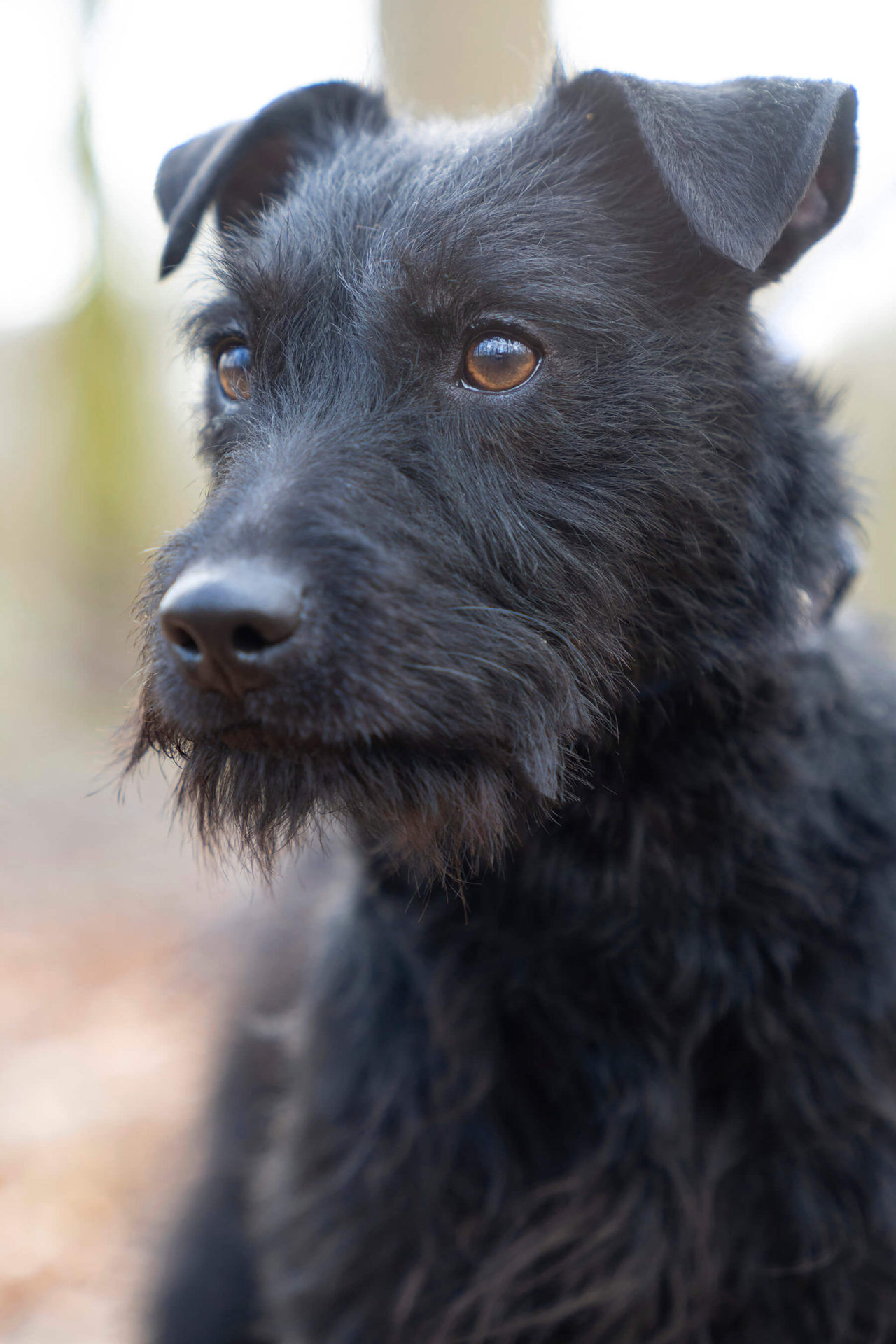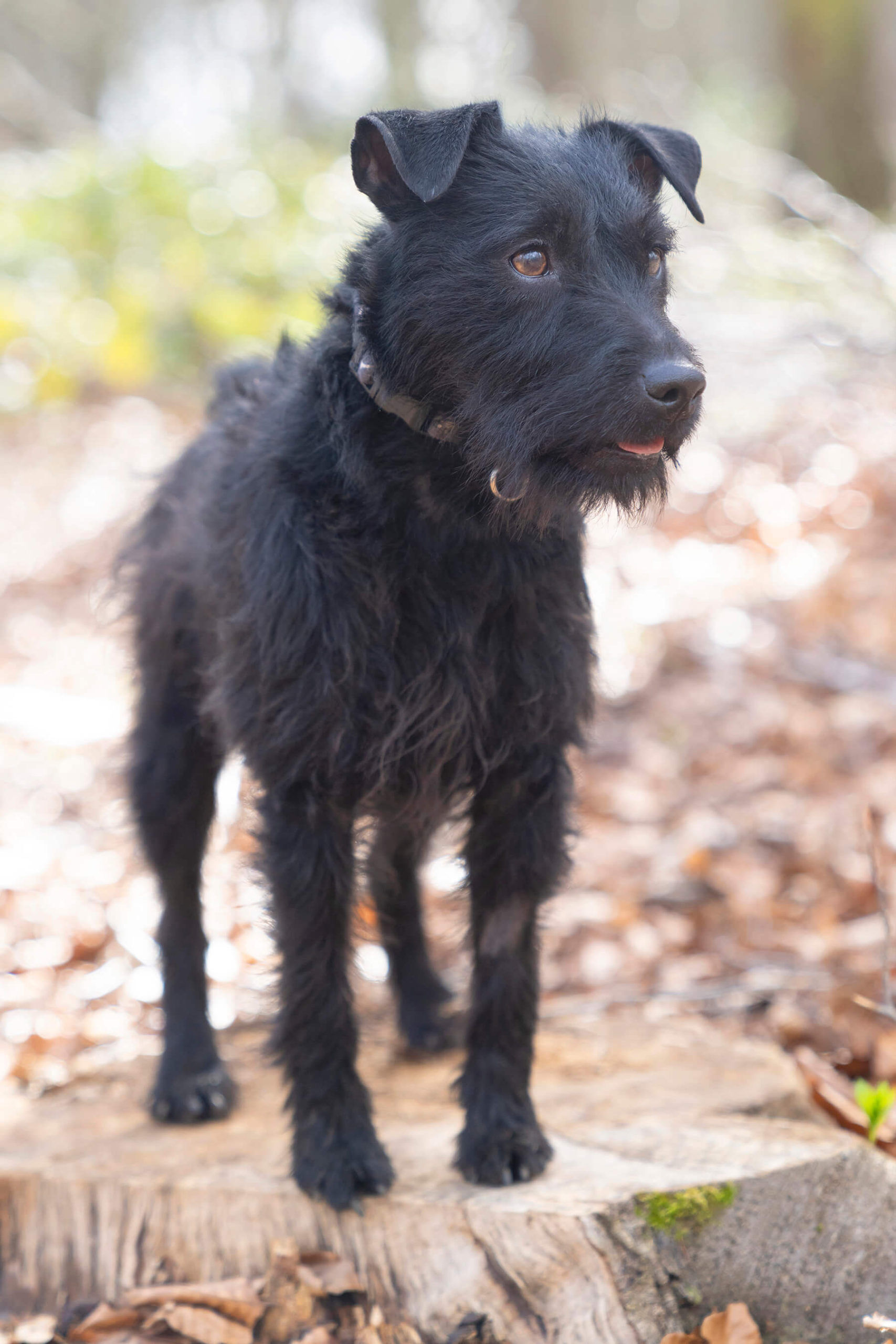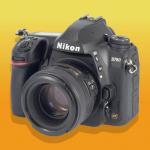
Sony A7R IV test: the mirrorless king?
Posted on Mar 12, 2020
With chart-topping resolution and outstanding AF, is the Sony A7R IV the camera that further cements the brand’s place as mirrorless king?
The A7R IV is the latest high-resolution model in Sony’s mirrorless full-frame range, and it offers a 61-megapixel back-side illuminated CMOS sensor, as well as AF, build and handling improvements over the A7R III. We tried one out with a 24-70mm f/2.8 GM lens.
The headline resolution and image quality on offer is the obvious place to start. Used correctly, the 61-megapixel chip provides masses of detail, aided by the lack of an optical low-pass filter (OLPF), and its 9504×6336 pixel files can produce huge prints, or allow severe cropping if required. Why ‘used correctly’? Well, high-resolution cameras pick up more flaws in your focusing, shooting technique and lens quality than lower-spec’d chips, so the power needs to be used responsibly.
Many high-res sensors eschew an OLPF, as the sheer number of pixels tend to defeat moiré problems. If you do spot moiré, the A7R IV’s Pixel Shift mode can get rid of it, though it needs to be used on scenes with no subject movement. It takes four or 16 shots, moving the sensor each time. In the four-shot version, this averages out the red, green and blue colour data to give truer results. The same goes for the 16-shot, but it also increases resolution to 240 megapixels.
The trouble with the A7R IV’s Pixel Shift mode is that, unlike some cameras, it doesn’t output a merged file. Instead, you need to use a computer with Sony’s Imaging Edge software to do it.
With the right subject, and factoring in the extra processing time, results are incredible. What’s more, if you downsample a 240-megapixel file, even to the native 61 megapixels, you’ll see a big improvement in digital noise and sharpness.
Of course, all this resolution has a downside. Writing 100MB+ files to the cards means the camera’s frame rate isn’t the fastest, and there’s a knock-on effect in the amount of storage you need, the speed of SD cards to get the best buffer performance, as well as the desktop processing power to work on these huge Raws. You can shoot compressed Raws or JPEGs alone, and while there are small and medium JPEG options, there’s no capacity to shoot small or medium Raw, unlike some other brands.
Click the images to see a larger view
Performance: ISO
The A7R IV’s ISO range runs from 100 to 32,000, but can be expanded to ISO 50 at the low end and ISO 102,400 at the upper. Despite the camera’s huge resolution, results are very good. Perhaps it’s a little noisier than the A7R III, but the extra detail seems to mitigate anything that’s lost. Noise is scarcely noticeable until you get to 3200 or 6400, and even then it’s quite fine. I would happily walk around with it at 800, only going lower if I wanted to extend exposure time. Even the highest regular settings of 16,000 and 32,000 can be braved without worry, and the extended ISOs can be used at a push. It’s a level of performance that means you can really trust the A7R IV’s 100 to 12,800 Auto ISO mode.
Click the images to see a larger view
The A7R IV’s sensor also promises great dynamic range, and this seemed to be very true on test. Shooting in the 14-bit Raw, you can easily boost shadows, even on very underexposed areas, without undue noise appearing, and drag back highlights in processing. Great versatility was displayed by 12-bit compressed Raws, too. The camera’s 1200-zone evaluative metering system gave generally excellent results, and I only felt the need to bias it when looking for a low- or high-key effect.
Of course, it’s not all about the sensor. Another big attraction of the A7R IV is its hybrid AF system, which uses contrast detect and on-chip phase-detect sensors to do some impressive things. The latest implementation of this is Real-time Tracking AF, a mode that incorporates eye and face AF, and is on all the latest Alphas. Effectively, it lets you follow subject with, frankly, unrivalled ease.
In action, you set AF mode to AF-C, and Area to one of several, including wide or flexible spot, lock the focus to the subject, and it follows them quite tenaciously. It is astonishingly good, actually – only missing occasionally, even on reasonably fast-moving subjects, and then being shown up a little by the huge resolution, wherein a smaller sensor would not look to have missed. Eye AF must be switched on, and therein you can also set it to Animal Eye AF, which works almost, but not quite, as well as the human version, simply because there’s more variety to deal with. I tested it at my local dog shelter, and it was routinely excellent, and able to ignore humans in the frame, prioritising the furries.
When it comes to speed of shooting, as noted above, the A7R IV takes a slight hit, but that’s to be expected due to the amount of data being pushed around, and probably won’t bother the camera’s target audience.
The fastest 10fps burst mode is perfectly respectable, but falls to 6fps if you’re shooting uncompressed Raws – though that’s unlikely for action shots. You can shoot about 30 uncompressed Raws before the buffer fills, or around 60 compressed Raws or JPEGs. Depending on card speed, you’re then looking at about 30 seconds to a minute for the buffer to clear completely, though you can shoot a limited number of frames while it does. Again, it’s not the fastest, but understandably so. And practically, it didn’t cause me any problems in testing. Basically, this isn’t an action camera, but it’ll do a decent job if you need it to.
Performance: exposure latitude
The A7R IV’s sensor has huge dynamic range, and so files are very responsive to adjustment both in general exposure, and when pushing shadows and flattening highlights. To get an idea of what it was capable of, we shot a series of files, under and overexposed by up to +/-5EV. These were then corrected in Adobe Camera Raw using the Exposure slider. When correcting the underexposed Raws, noise – which would tend to appear as the exposure is lifted – was almost invisible, up until the very greatest adjustments, and as expected more limited to shadow areas than highlights. This shows a degree of ISO invariance which is very impressive. For the overexposed Raws, detail was returned well to highlight areas, though by +3EV, they were becoming to look a little grey; midtones and shadow areas looked great.
In terms of handling, Sony has made great leaps with the A7R IV, but for me, it’s still not as refined as it could be, or compared to other brands.
On the plus side, there’s a huge number of customisable buttons and the overall feel of the inputs is superb – much better than on the A7R III. Specifically, the AF-On button is larger and easier to find with your thumb. The mode and exposure compensation dials on the top-plate can be locked (so there’s no creep in your bag) the front and rear control dials operate perfectly, and the AF joystick – which sets the focus point – is large, grippy and great in use.
What’s not so good for me is the overall feel of the camera’s grip. It’s large, and quite deep, but it lacks a hollow into which your fingers can curl, and this makes the hold less comfortable than it could be. The camera body is also quite short, so those with larger hands can find their little finger waggling off the bottom.
Sony’s Alpha models have often been criticised by photographers for their labyrinthine menus and, while this is well founded, it’s also something you can get used to over time. To help, the A7R IV supports a neat My Menu function, so you can log your most used settings. It’s easy to set up and a great benefit.
The quality of a mirrorless camera’s EVF is a big factor, and the A7R IV’s 5.76 million dot OLED display is very good. It’s big and bright, and the sort of thing you can forget isn’t an optical view most of the time. The WYSIWYG nature means using manual or exposure compensation is very easy, and you find yourself looking at results on screen less often. Shooting in low light, I did find it not as good as some competitors, though – it seemed to show interference as the signal was boosted.
Finally, build quality is tremendous. The A7R IV has additional weather sealing compared to its predecessor, and everything feels solidly made and secure. I used it through Storm Ciara and Dennis, and they didn’t bother it at all. Battery life was also excellent, and the camera can be charged and run via USB.
Verdict
The Sony A7R IV is a brilliant camera, and you could fill every page of this PN going through its masses of features. Its AF and image quality are tremendous, as is the build. Handling could go up a notch, the Pixel Shift mode needs improvement, it would be good to have more Raw options and the touchscreen functions are limited, but compared to the plus points, these can all be overlooked. It’s a beast of a camera, and with Sony’s lens support now very mature, difficult to rival in its sector.
Pros: Incredible image quality and AF, masses of features and great build.
Cons: Handling could be better, Pixel Shift needs in-camera merge option.
For more information, please visit the Sony website.

